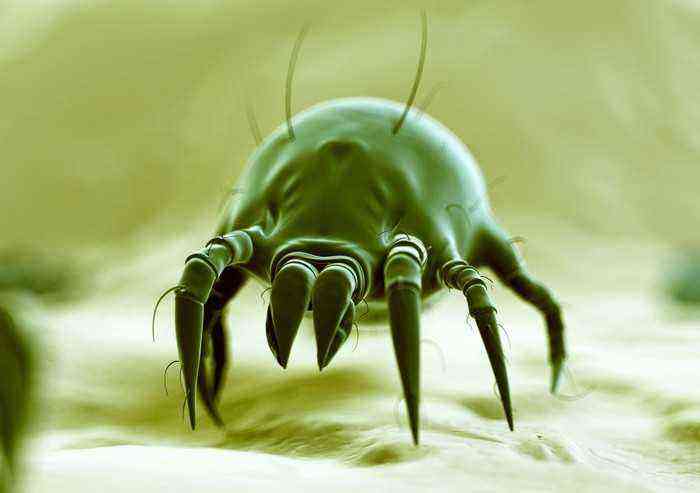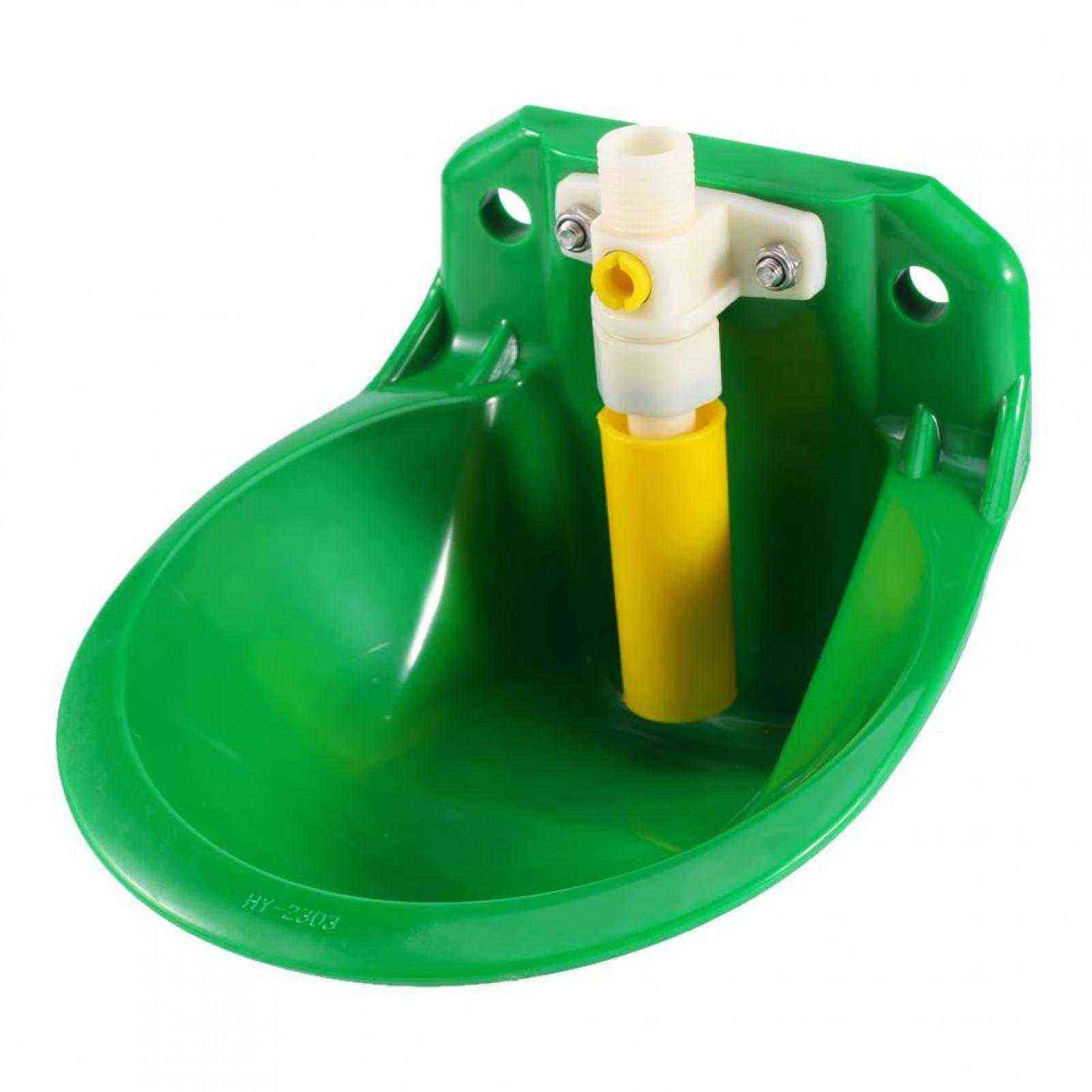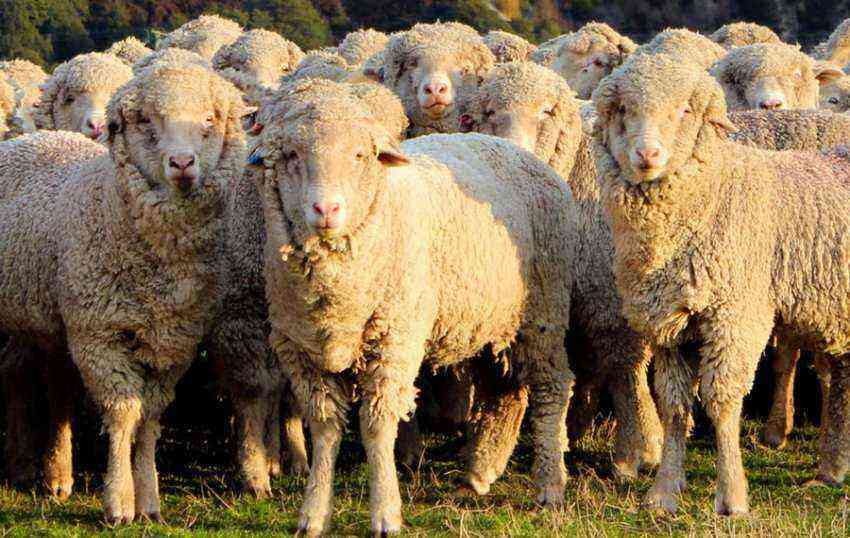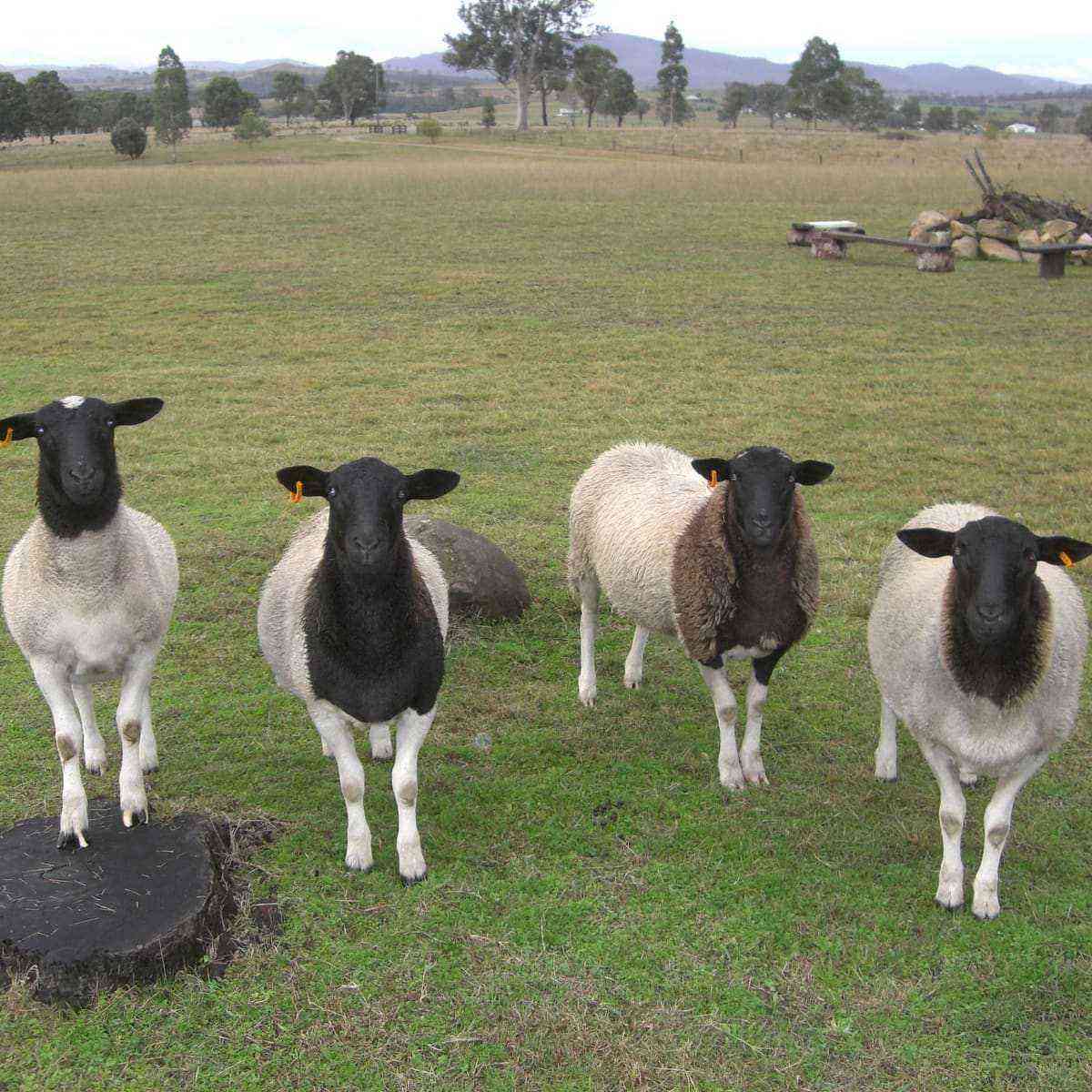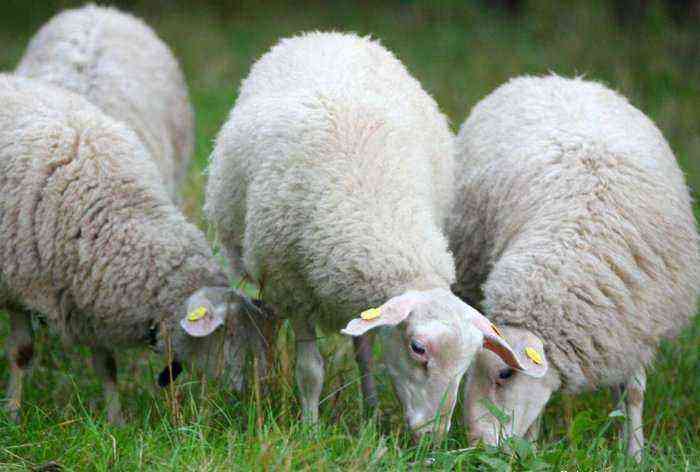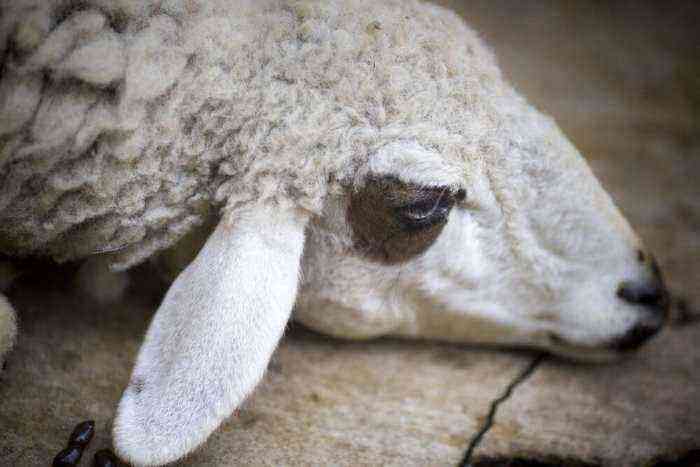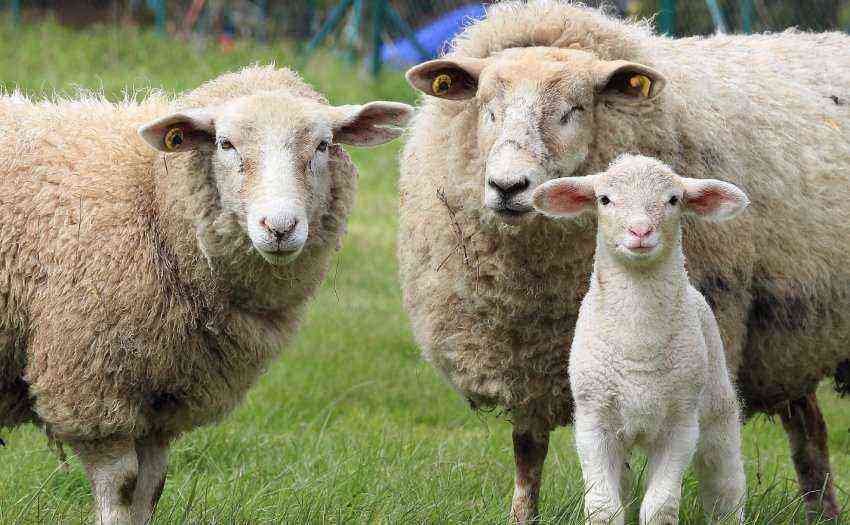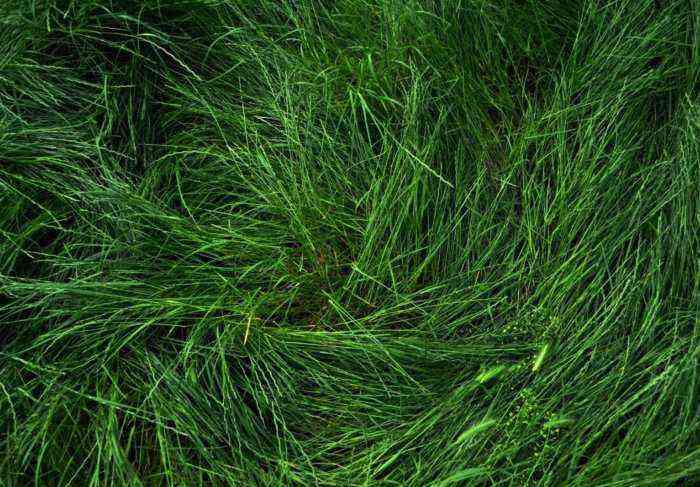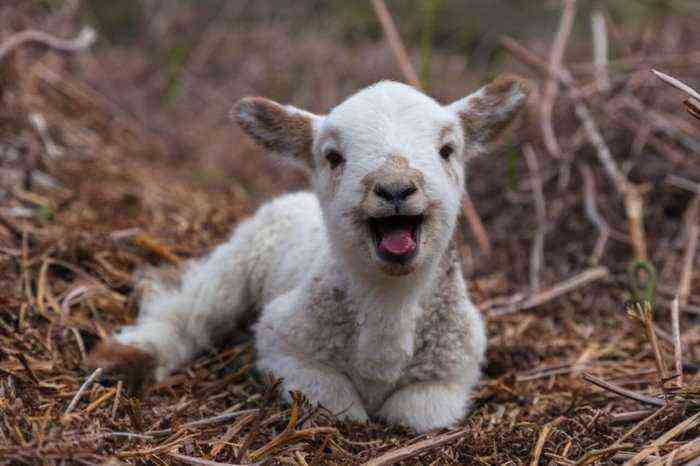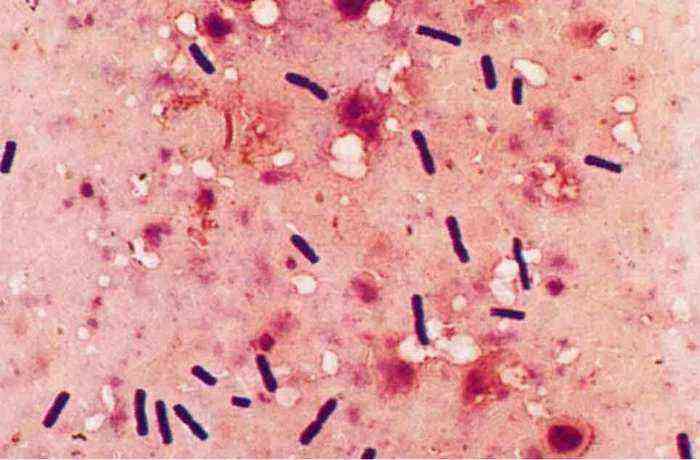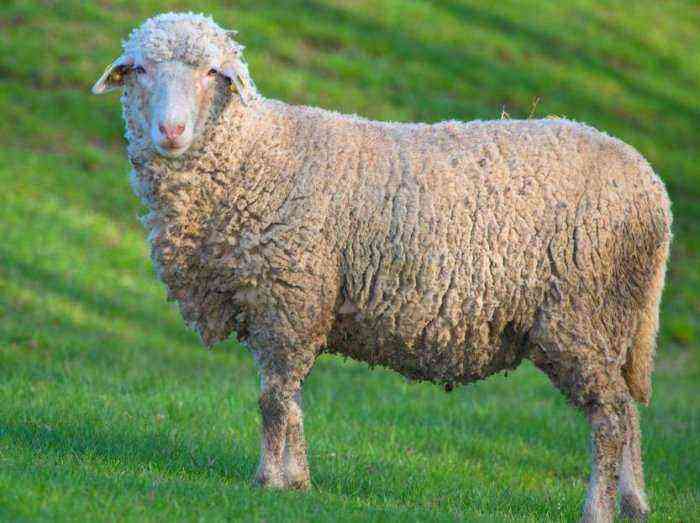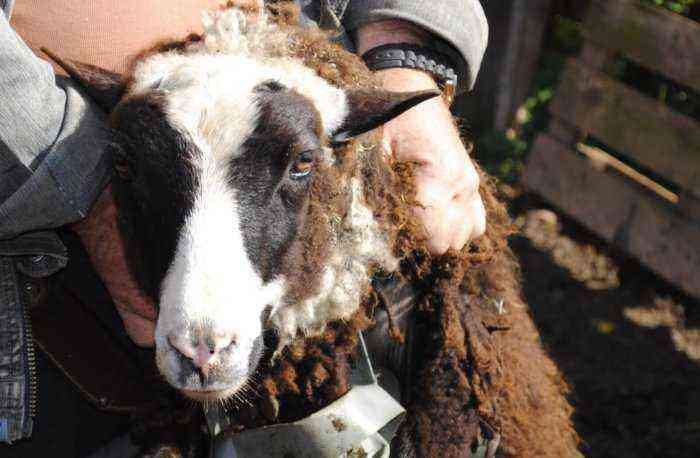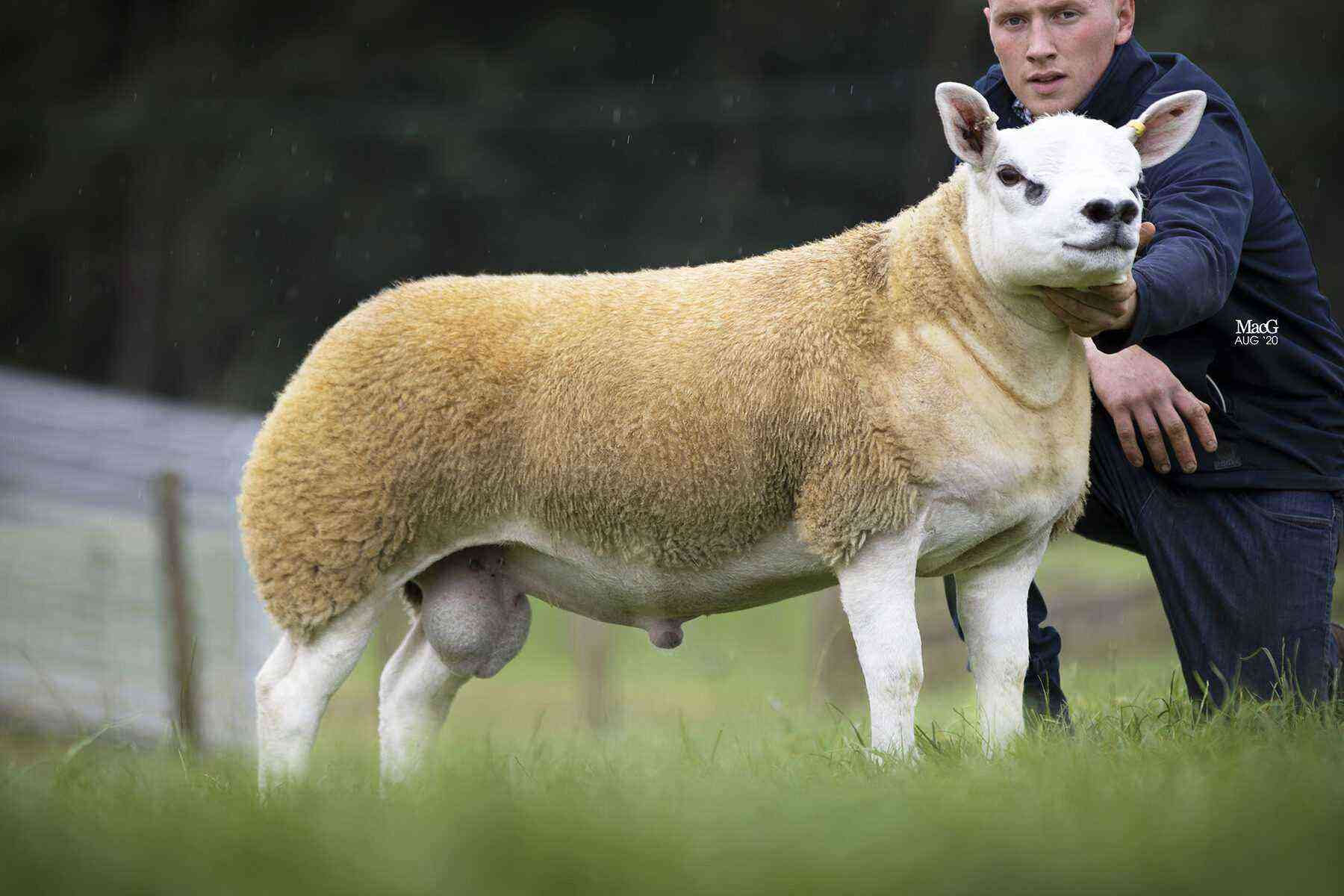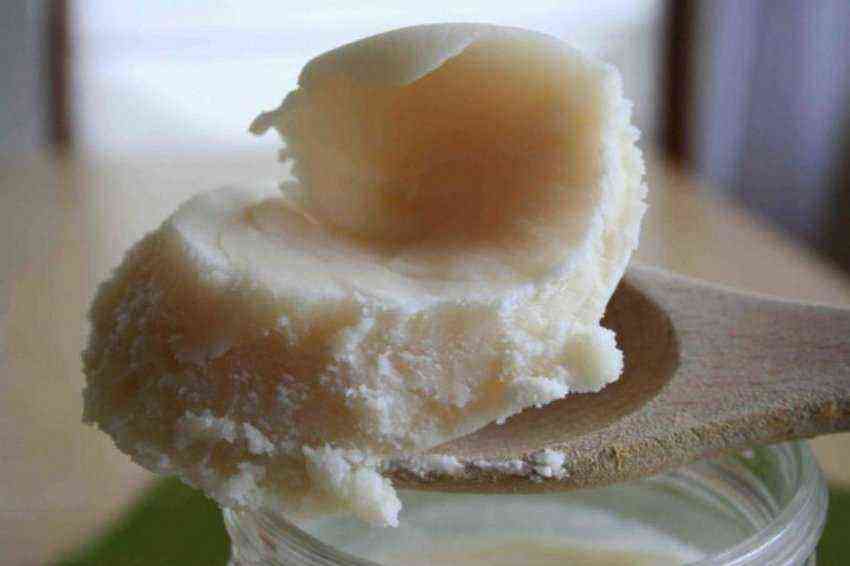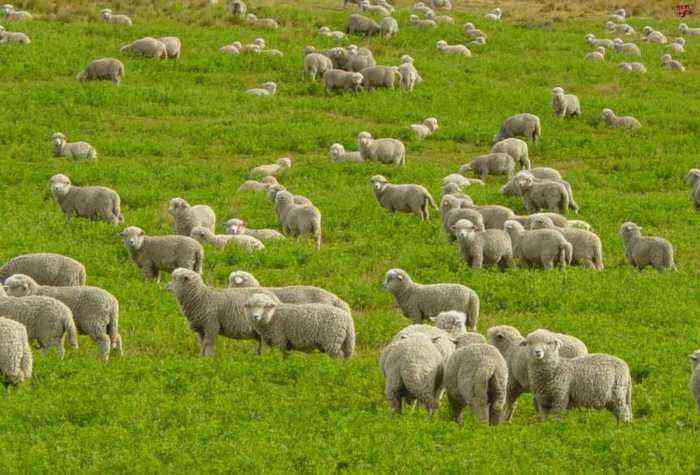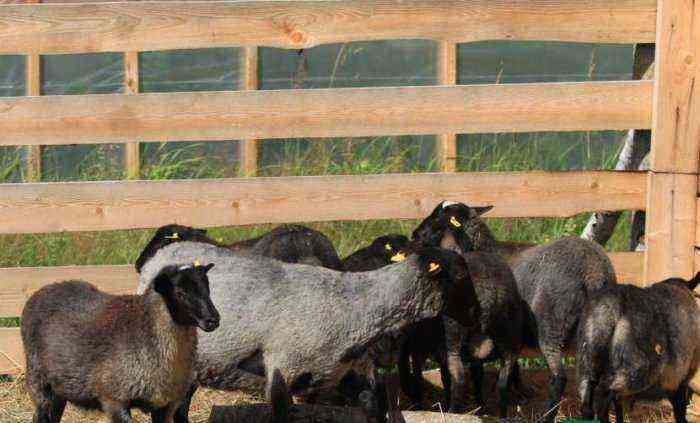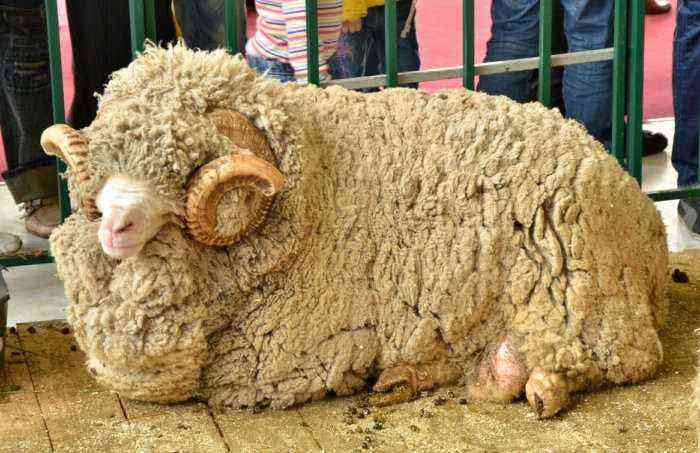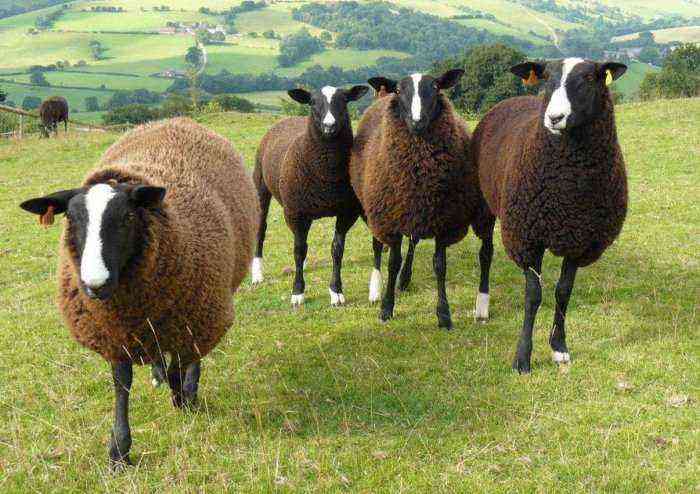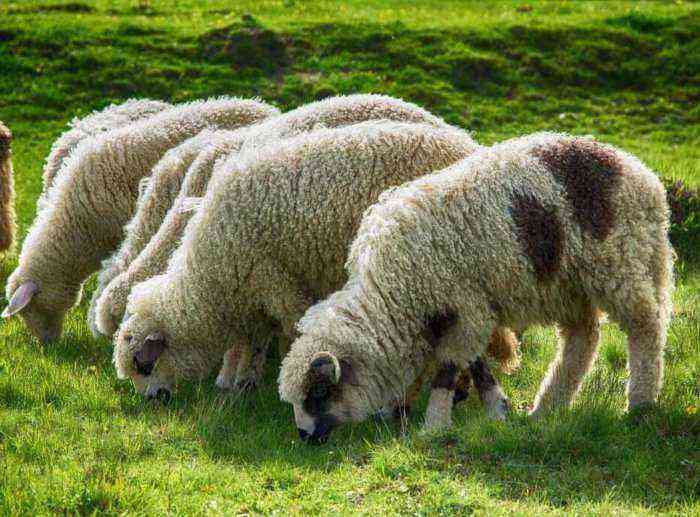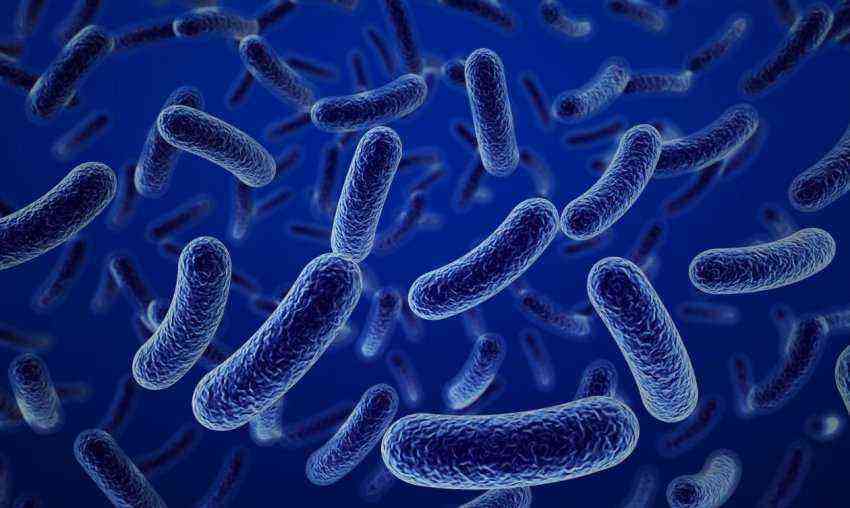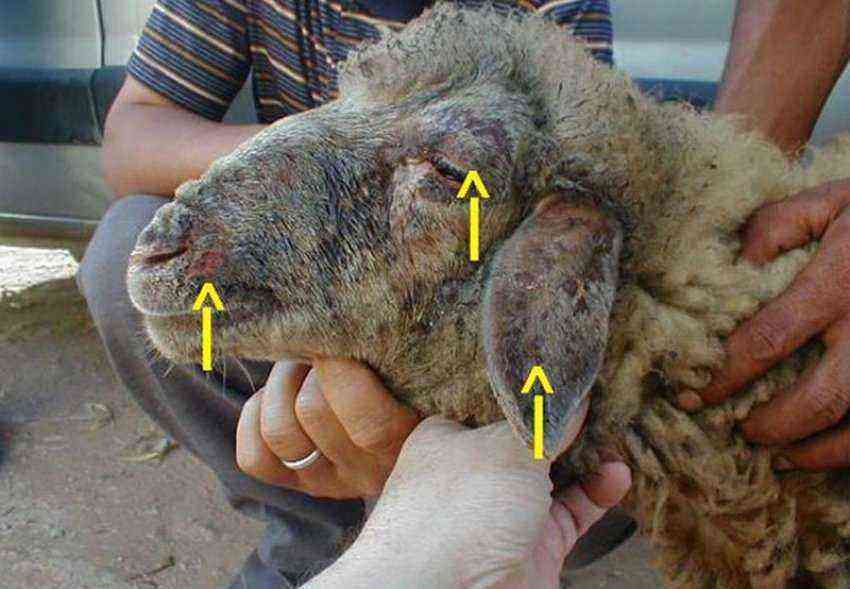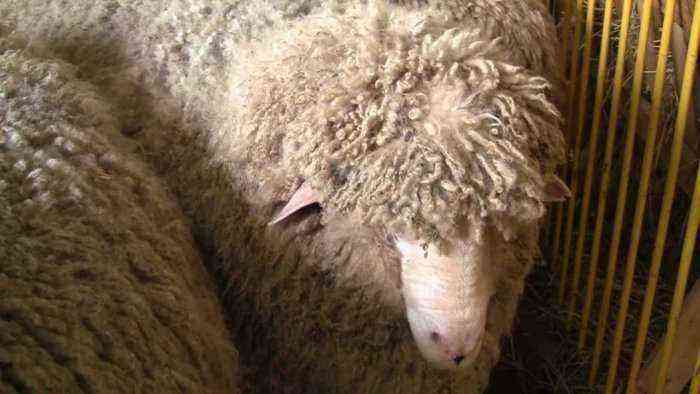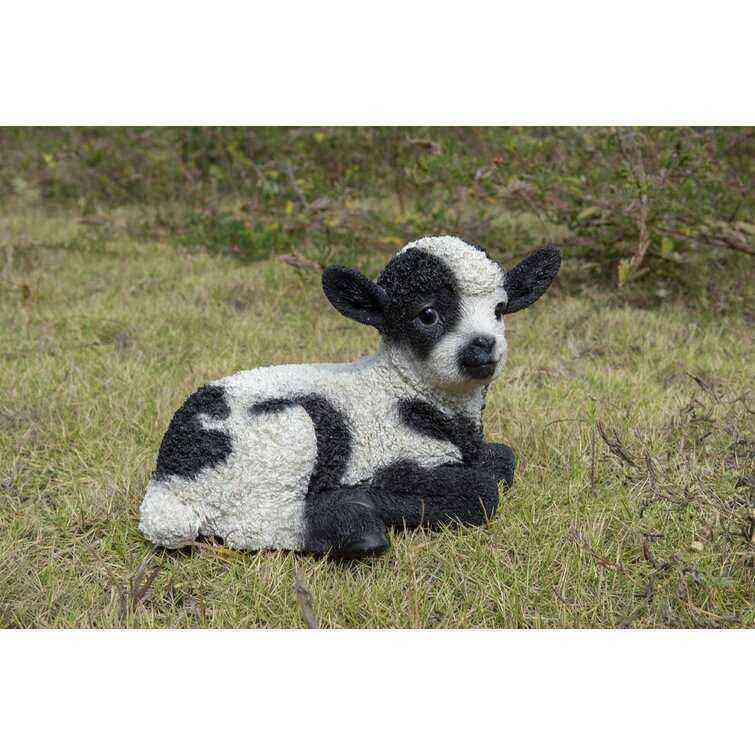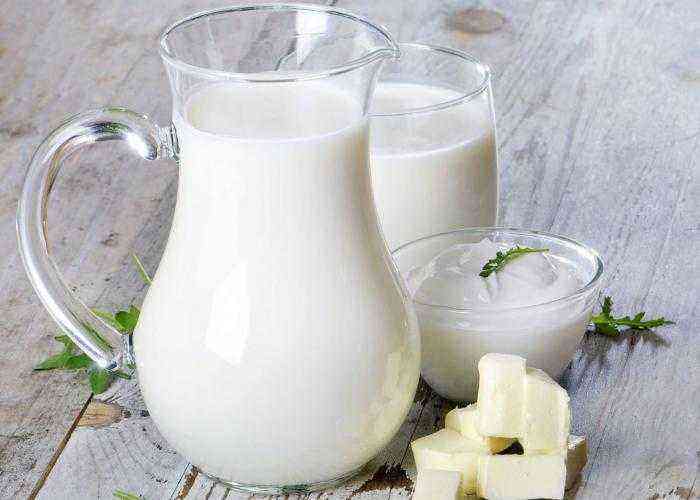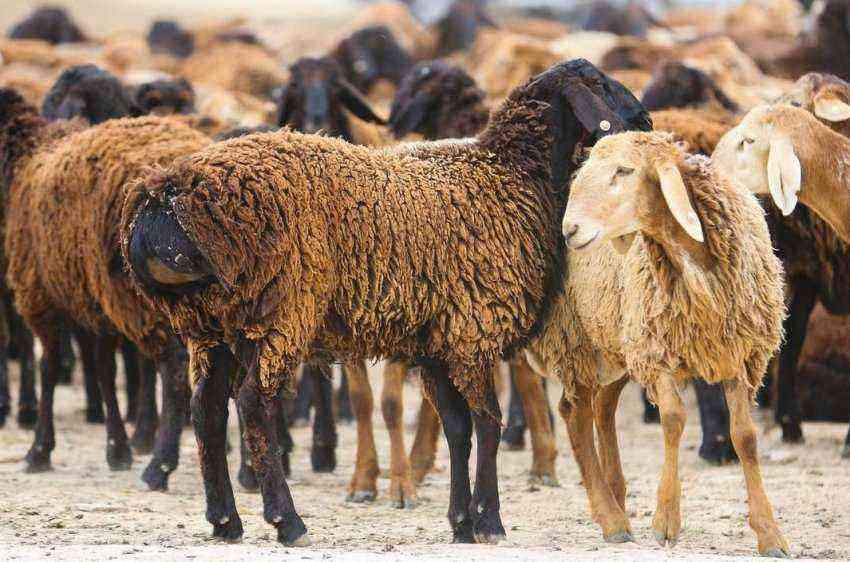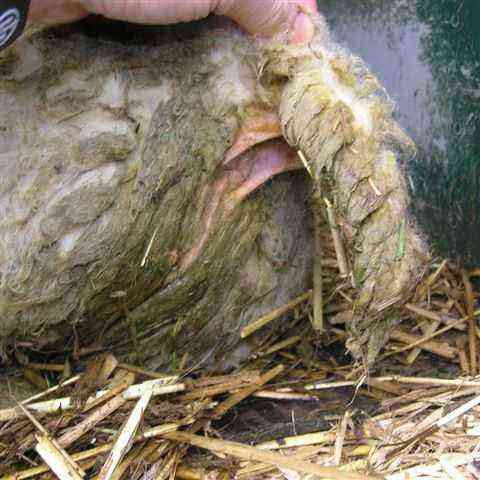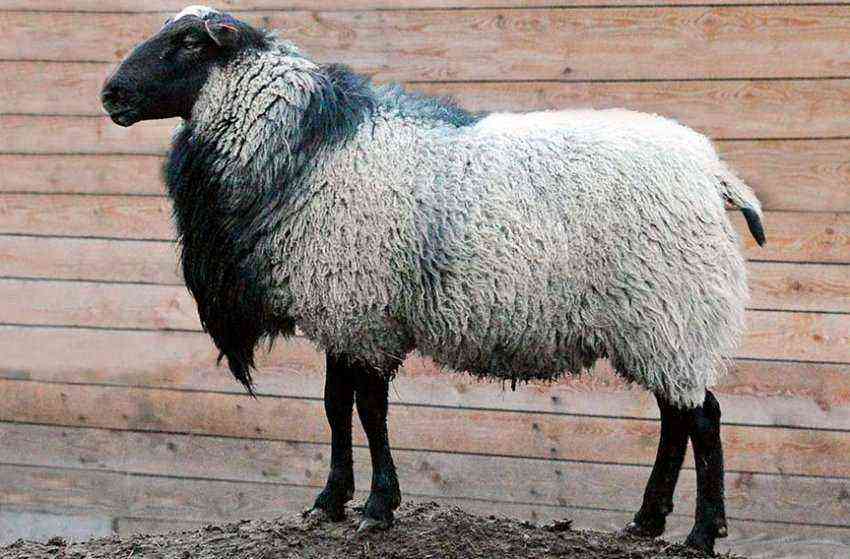Sheep are domestic animals that are bred for milk, meat, lard and wool. Farmers especially distinguish fat tail breeds, since it is from them that you can get the most products. The Hissar breed belongs to this type.
Origin, history of the breed
Tajikistan is considered the birthplace of the Hissar breed. The breed got its name due to the Gissar mountain range, where it was discovered. Animals appeared as a result of folk selection by crossing local representatives of different breeds and selecting the strongest and most enduring.
Hissars are widespread in Uzbekistan and Tajikistan. In addition, sheep of this breed are bred in Kazakhstan, Afghanistan and Kyrgyzstan.
Did you know? In the East, a ram is considered a symbol of wealth and prosperity. That is why on the coins you can often see the image of this animal.
Characteristics and appearance
As for the external characteristics, in animals of this breed we can distinguish:
- long and strong body;
- high, straight limbs;
- short, massive neck;
- disproportionately small head in relation to the body;
- hump on the nose;
- hanging long ears;
- raised tail;
- tail no longer than 9 cm.
Kurdyuk is the main distinguishing characteristic of this breed. These are deposits of fat in the tail.
The volume of the fat tail depends on which subspecies the sheep belongs to:
- in individuals of the meat type, the fat tail is the least pronounced;
- in meat-fat breeds, the fat tail is large, and the deposits are located closer to the back;
- in sheep of the greasy type, the fat tail is strongly pronounced: its weight can be equal to 60 kg, which is 1/3 of the total weight of the animal.
Parameters
Hissars are large. The height of an adult at the withers is 85 cm, the depth of the chest is 35 cm. A fat-tailed ram weighs 120 kg, a sheep – 90 kg. There are animals weighing up to 200 kg.
Suit and color
Sheep have coarse wool, most often brown in color. Sometimes there are dark red, white and black colors.
Wool of lambs
The wool of a lamb is not much different from the wool of an adult ram. It is quite dense and rough, so it is not suitable for expensive fabric products.
Features of the structure of the body
Animals have a strong constitution of the body, the chest is wide and powerful, slightly pushed forward.
Performance indicators
Gissar meat has a slightly sweet taste, a high content of nutrients and does not have a specific smell. From one individual, you can get up to 60% of the meat of the total body weight. It should also be noted the high productivity of milk production. For a year, the female gives about 100 liters.
One shearing of a sheep brings 1,3 kg of wool, a ram – 1,5 kg. Due to the high content of dead hair, Hissor wool is used to make felt.
Did you know? Sheep are one of the few animals that have rectangular pupils. Thanks to this feature, they can see objects behind them without even turning their heads.
Advantages and disadvantages
The Hissar ram has many advantages.
- Among them stand out:
- simplicity of conditions of detention;
- good health and disease resistance;
- increased endurance;
- high productivity;
- fast growth and precocity.
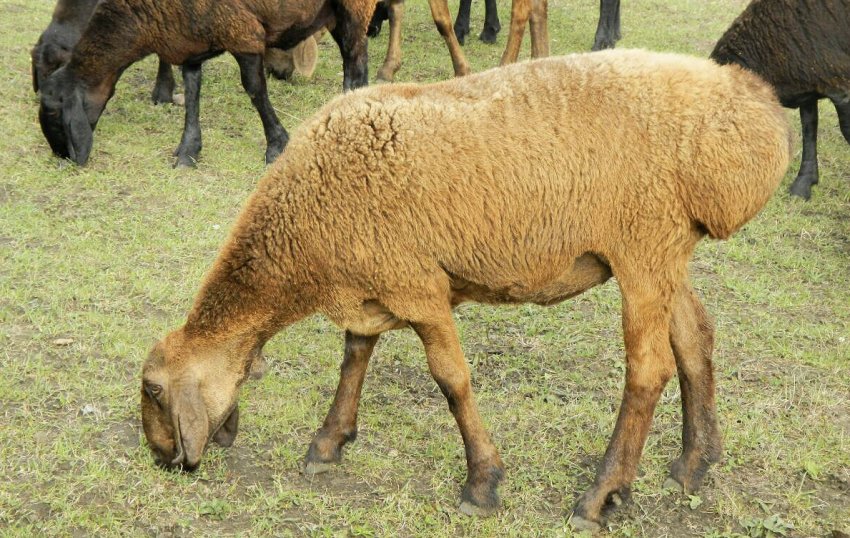 It should also be noted that Gissar has the largest fat tail, which increases the amount of meat and fat.
It should also be noted that Gissar has the largest fat tail, which increases the amount of meat and fat.
The main drawback of the breed is the difficulty of acquiring a purebred individual. In addition, the animals have rather coarse wool, which is practically not suitable for the production of fabrics.
Rules for maintenance and care
Animals of this breed are accustomed to a nomadic lifestyle, so they should not be kept in a confined space. The shed (koshara) should be spacious, dry, warm and not ventilated. In warm weather, Hissars can constantly be on the pasture.
The place where they graze should be:
- dry;
- open;
- hilly.
Important! Koshara should be equipped with high-quality ventilation, since heat and fumes are emitted from animals, which adversely affects their immunity and leads to illness and the development of infections.
Animals should not be grazed in swamps or wet places – they are extremely difficult to tolerate such conditions. When grazing, they need to be regularly watered. The features of the representatives of the Hissar breed are excessive fearfulness and the absence of a leader. With any loud sound, they scatter to the sides and it is very difficult to put them together. That is why many sheep breeders use specially trained dogs.

In the warm season, animals feed on grass on pastures and do not need additional feeding. In the cold season, they are given hay (2 kg per individual) and crushed grain (0,5 kg per individual). It is also necessary to give table salt (10 g per individual). In addition, various root crops are included in the diet.
Bait for these animals consists of:
- 25% oats;
- 25% wheat;
- 25% barley;
- 13% sunflower cake;
- 1% table salt;
- 1% feed dicalcium phosphate.
All ingredients must be mixed and detailed. You can not feed the sheep with frozen and rotten root crops, stale grain, hay from sedge, reeds and horsetail.
Important! It is forbidden to give sheep sugar beets. When this root crop is consumed in large quantities, it causes diabetes in sheep.
Feed must be laid out in feeders and placed on a hill. Hay containers are set separately and placed at the level of the sheep’s chest.
The feeding schedule is:
morning mixed and roughage lunch daily allowance of concentrates and water evening roughage
Hissar sheep are sheared twice a year:
- at the end of May-beginning of June;
- in September (from the 10th to the 20th).
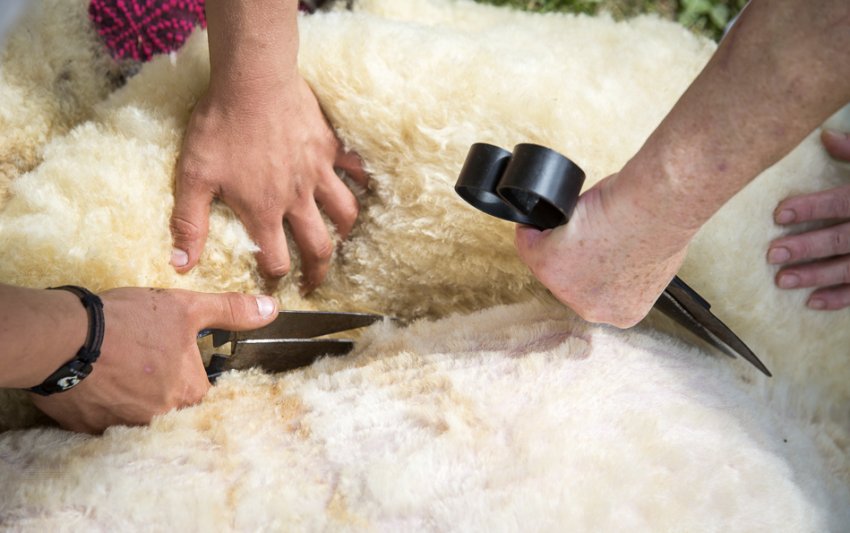
Timing of haircuts may vary, depending on the climate of the region. For the winter, animals are sheared at least a month and a half before the onset of cold weather, so that their hair grows a little.
12 hours before shearing, animals need to be fed, because immediately after eating it is difficult for them to endure this procedure.
Wool must be dry, because it is very difficult to dry it later, moreover, parasites can start in it. Shear sheep with scissors or a special machine. After the procedure, you need to examine the animal and treat the wounds (if any) with an antiseptic.
Video: Hissar sheep of the breeding cooperative “Dilshod B”
Reproduction
Sexual maturity in females of this breed occurs when they reach 7-8 months. Mating can be carried out at any time of the year, while the pregnancy of the ewes lasts 145 days. If there are not enough rams, then artificial insemination is carried out. As soon as signs of pregnancy become noticeable, such females are transferred to the best pastures with succulent herbs.
Did you know? Sheep often have twins. Moreover, newborn lambs are able to recognize their mother by voice.
Before lambing in the room, it is necessary to change the litter and carry out a thorough cleaning. The temperature in the shed should be at the level of + 10 … + 16 ° С. In a healthy sheep, the lambing process usually lasts 30–40 minutes and does not require human intervention, unless it is necessary to clear the nostrils of newborn lambs from mucus.

Babies are left near the mother and not disturbed. The lambs of the Hissar sheep are developing rapidly and after 5 days they can be released to pasture. However, in cold and windy weather, it is better to leave the kids in the koshara. As soon as the young animals get stronger, they are weaned from the sheep and accustomed to grain feed. At the end of the first month of life, the baby already eats 50 g of food per day, and by the end of the fourth – 300 g.
Diseases of the breed, prevention
Hissar sheep practically do not get sick. Timely vaccination helps to maintain their immunity.
However, they may be bothered by:
- helminths;
- pincers;
- fleas.
Read more

Worms are dangerous because once they enter the body of an animal, they are very difficult to detect. After some time, infected individuals lose their appetite, their hair begins to fall out, and lactating females lose milk.
The meat of an unhealthy animal is unfit for food, so it is forbidden to slaughter such an individual for sale.
Treatment should be carried out with anthelmintic drugs “Alvert” or “Univerm”. In this case, you must adhere to the dosage and keep infected individuals in a separate stall.
Ticks and fleas are very dangerous for sheep and can even lead to their death, so you need to regularly carry out prevention. To do this, 2-3 times a year, Gissars are trimmed, removing wool along with fleas and ticks. If this is not enough, then the animals are treated with disinfectants and left in the barn until the wool is completely dry.
Breeding prospects
The Hissar breed is distinguished by the rapid maturation of babies. After 3-4 months, lambs can be slaughtered to get more tender and soft meat.
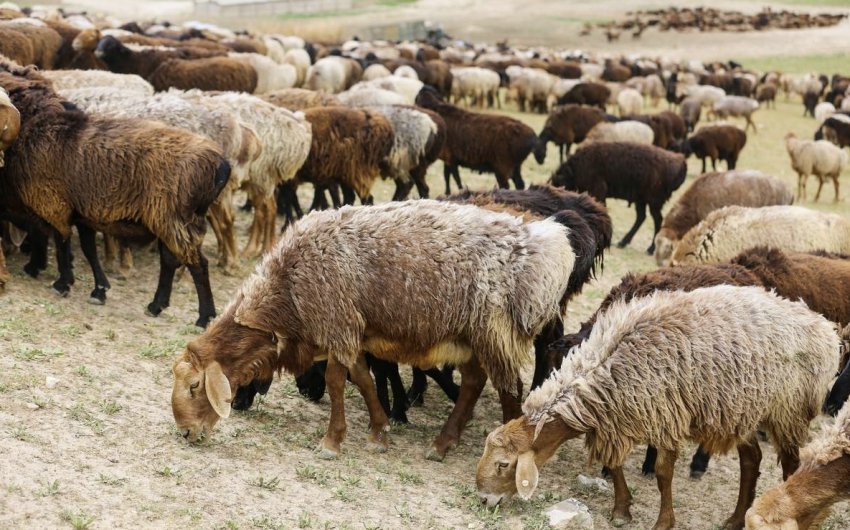
Due to the high productivity rates, this breed is bred to produce milk, meat and fat in large volumes.
Approximate price and where to buy
Finding a purebred Hissar is quite difficult. It is best to buy sheep and rams from trusted farmers or at specialized exhibitions. Thus, it is possible to visually determine the breed and health status of the animal. The cost of a lamb ranges from $ 150 per individual.
Hissar sheep is an excellent producer of meat and fat, which does not require specific care. This breed has a considerable number of advantages, which makes it very popular. However, finding a purebred representative of this breed is not always easy.
